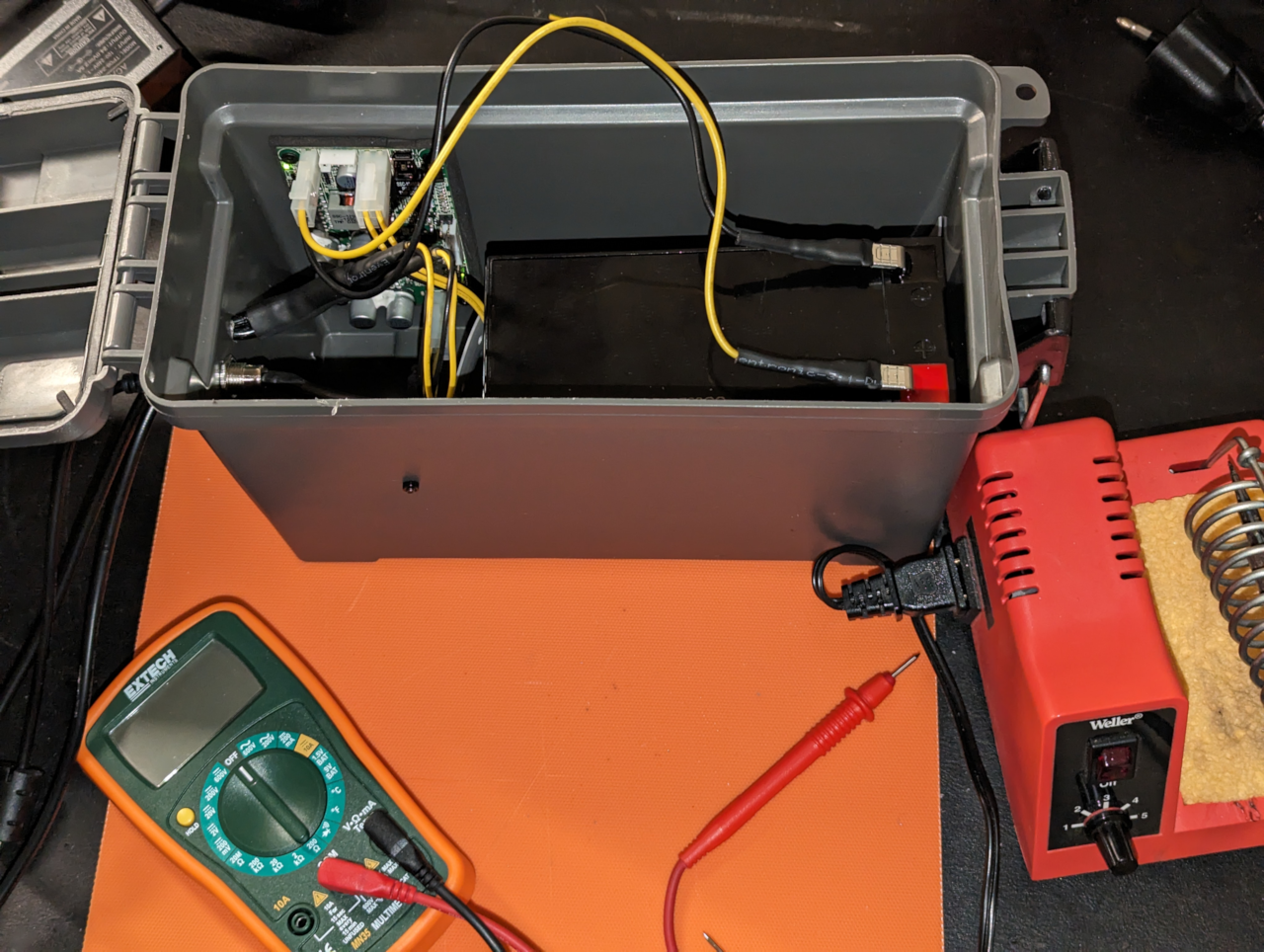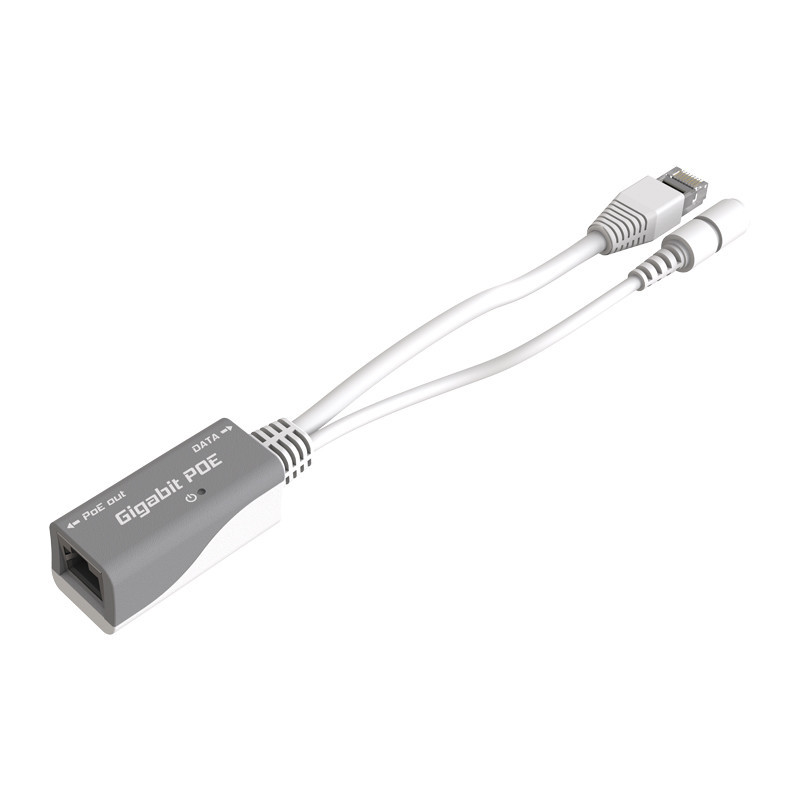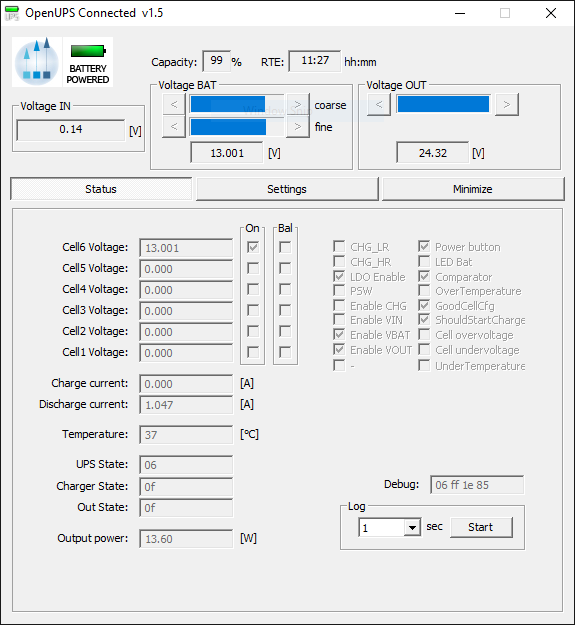Zarathustra[H]
Extremely [H]
- Joined
- Oct 29, 2000
- Messages
- 38,928
Hey everyone,
I have what may (or may not) be an unusual problem.
POE coming in on 10GBaseT copper from upstream switch.
The Switch can be powered by POE, and can connect via 10gig, but not on the same port.
I need to somehow split off the power and send it to a Gigabit POE port to power the switch, while sending the data to the 10gig port. I'm fine wasting one gigabit port for no data and only power. I have way more of them than I need in this location.
Are there any products for this? or am I going to have to wire something myself?
Appreciate any recommendations.
I have what may (or may not) be an unusual problem.
POE coming in on 10GBaseT copper from upstream switch.
The Switch can be powered by POE, and can connect via 10gig, but not on the same port.
I need to somehow split off the power and send it to a Gigabit POE port to power the switch, while sending the data to the 10gig port. I'm fine wasting one gigabit port for no data and only power. I have way more of them than I need in this location.
Are there any products for this? or am I going to have to wire something myself?
Appreciate any recommendations.
![[H]ard|Forum](/styles/hardforum/xenforo/logo_dark.png)






